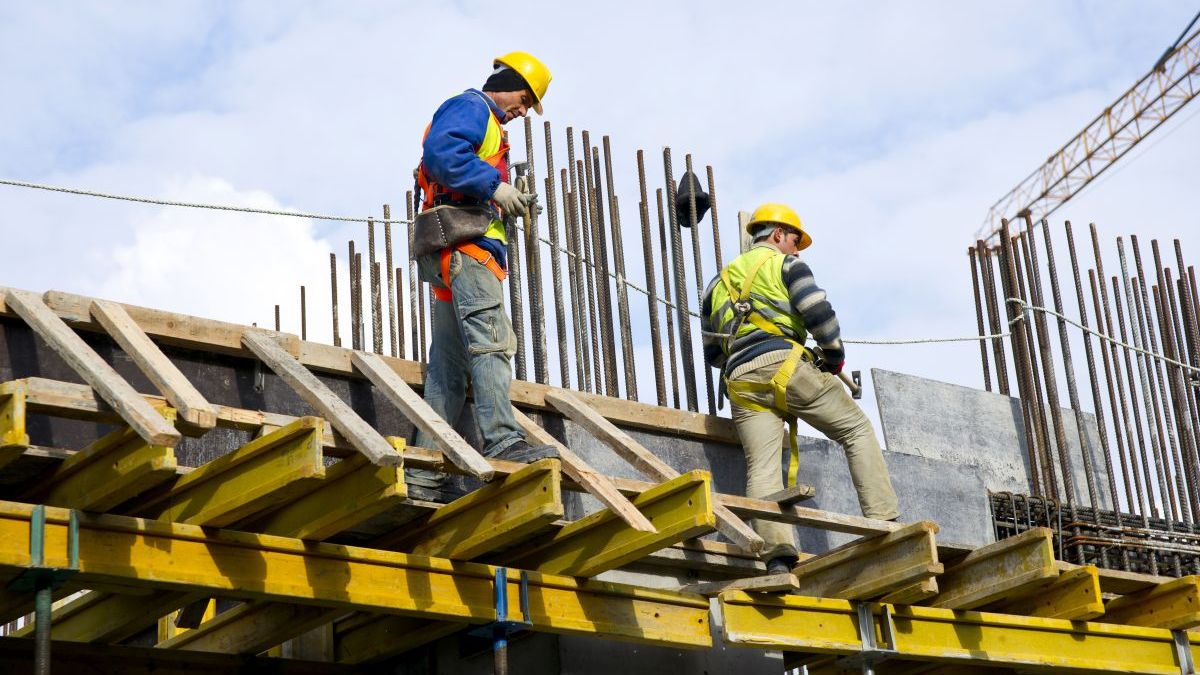The presentation of the project of Budget 2025 goes hand in hand, as usual, with the beginning of a dispute over the allocation of funds. In this case, according to the sector of the constructionthe roadmap once again relegates public works to the point that “The allocated budget is not even enough to maintain the existing works“, they warn from the activity.
The discussion involves the national government, the construction sector and the governors. Public works represent an item that the current administration is under-executing in order to maintain the fiscal surplus: “we estimate that the budget executed for this allocation It is 30% until August and will reach a maximum of 45% in December“, explain sources related to the sector.
For next year, the Government plans a larger allocation in real terms, after the abrupt cut that the budget is undergoing this year: according to the Argentine Institute of Fiscal Analysis (Iaraf), this year the direct real investment of the Nation would end with a real year-on-year drop of 46.4%becoming the second most cut item, below the capital transferswho would have a adjustment of almost 83% throughout 2024.
Neither sector would be lucky in 2025, since would fall by 6.8% year-on-yearaccording to the Argentine Budget Association (ASAP), while the share of total capital expenditures would decrease 7.5 percentage points. In this way, it would be reflected “the continuity of the conduct observed since the beginning of the current administration, of reducing this type of allocations”.
On the contrary, the same entity estimates that the real direct investment Yes I would go up, a 24.7% in real terms and that thus its share in the total would increase by 6 percentage pointsrising from 35.9% to 41.9% in 2025.
However, for the consultancy EPyCAof Martin Kalosthe projected increase after the cut planned for 2024 does not seem to be enough: according to their analysis, the priority items will be “those that did not adjust during 2024”; instead, those on which he applied a chainsaw or blender (pensions, public works, transfers to universities and provincesetc.) “are not a priority“and Javier Milei does not expect them to recover their previous levels.
Budget 2025 and public works: not enough
The construction sector understands the same, noting that The funds allocated to public works in 2025 “will not even be enough to sustain the existing one” and claims for the deterioration which could deepen the labor market in this sector: “120,000 people have already lost their jobs, which is a record number for us. We do not know how this figure can evolve with these projected figures.“, they warn.
However, a representative source of the construction industry indicates that, a priori, the weight of financing destined for capital expenditure would be reduced from 1.6% of GDP to 0.7% during 2025thus reducing the share of public works in the State’s accounts. “They say there is no money, but if there is a surplus, we’ll see. We understand, however, the priority of fixing the macro first.“, a source consulted relativizes.
In this context, the discussion with the provincial governors is also being added, which already began last Monday, after the meeting between the leaders, the Chief of Staff, Guillermo Francosand the Minister of Economy, Luis Caputo.
There, the governors raised the issue of compliance with the agreements signed between the Nation and the provinces for the transfer of national public works, since the final figures for the execution budgeted for this purpose They do not seem to coincide with what was agreedaccording to provincial analyst teams.
Meanwhile, the construction sector does not maintain expectations regarding the August data. The synthetic indicator of activity ISAC marked a strong rebound in 8% for July, compared to the previous month. In annual terms, however, the indicator continues to show a high fall in the 20.4%.
Measured by the private sector, the index Buildshows, like the ISAC of INDEC, a growth in July compared to June 12.1% But the August data reveals a new monthly contraction in the order of 4.3%. “Given the harmony that both indices have been recording, There is a high probability that ISAC recorded monthly declines during August“, says the consulting firm Vectorial.
Source: Ambito
I am a 24-year-old writer and journalist who has been working in the news industry for the past two years. I write primarily about market news, so if you’re looking for insights into what’s going on in the stock market or economic indicators, you’ve come to the right place. I also dabble in writing articles on lifestyle trends and pop culture news.




